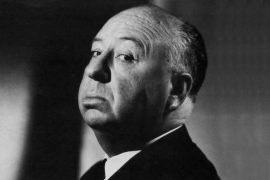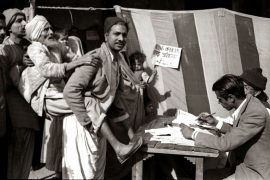On November 11, 1675, Guru Tegh Bahadur, the Ninth Guru of the Sikhs, was arrested and publicly beheaded in Delhi. The Mughal emperor Aurangzeb, who ruled by the sword, had ordered his execution for refusing to convert to Islam.
Upon his death, the Sikhs anointed Guru Tegh Bahadur’s son, the nine-year-old Guru Gobind Rai, as the tenth Guru of the Sikhs on March 29, 1676. Gobind Rai’s appointment is significant in history, for his leadership brought about a paradigm shift in Sikhism.
Guru Gobind Rai created a special group of warrior Sikhs called the Khalsa–meaning the “Pure” Sikh–to fight against the Mughal Empire and to defend the Sikhs from Aurangzeb’s tyranny. The story goes that in the year 1699, during the annual spring harvest festival, Vaisakhi, Guru Gobind Rai requested the Sikhs to congregate at Anandpur.
Addressing the people gathered at the festival, Guru Gobind Rai asked for a volunteer who was willing to sacrifice his life to defend the Sikh religion. When one man volunteered, he took him inside a tent. A few minutes later, Guru Gobind came out of the tent with a sword dripping with blood; the volunteer, however, did not come out.
-30-
Copyright©Madras Courier, All Rights Reserved. You may share using our article tools. Please don't cut articles from madrascourier.com and redistribute by email, post to the web, mobile phone or social media.Please send in your feed back and comments to [email protected]











